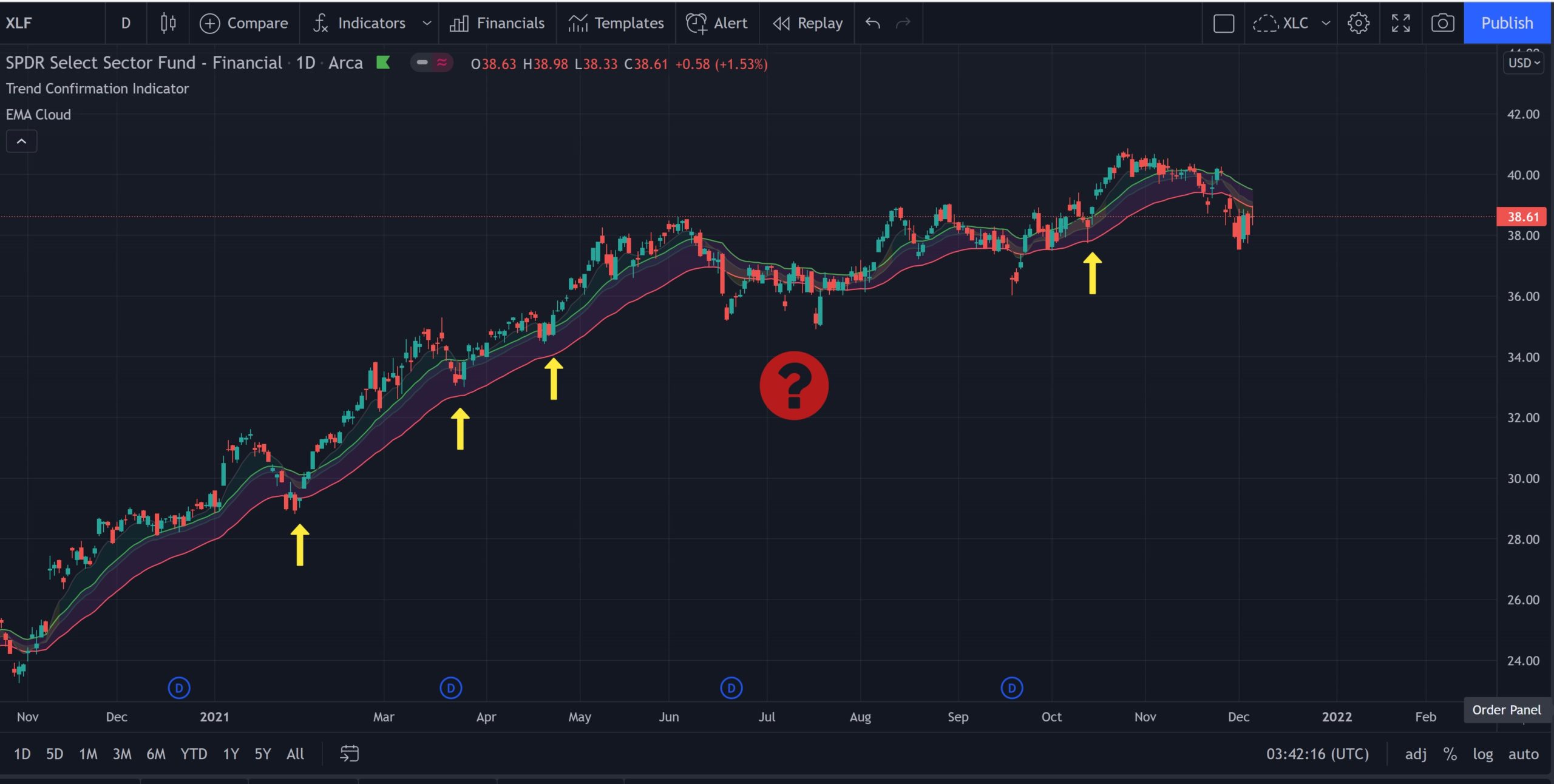

Date: 12/7/2021
Author: Chris Hood
Be sure to check out new episodes of my video podcast each week, where my ace pupil Brian Jones and I talk the ins and outs of options trading- and give you insights and strategy that you can immediately put to work for you in the markets.
One of the most overused sayings in trading and investing is “buy the dip.”
I mean, it makes sense.
If you’re trading a bullish trend adding some shares to leg your way into the trade is an intelligent move.
For long-term buy-and-hold investors grabbing some cheap shares at the bottom of a sell-off is a bargain. A chance to average down the price of your current holdings.
Last week, a stock trader asked me if this logic also applied to options.
I explained that you could very well leg into a trend, adding positions such as long calls or bull call spreads on pullbacks.
However, you never invest in options.
Options aren’t shares; they’re contracts. So any option you buy is a depreciating asset.
Eventually, it will expire and be worthless.
You’re always going to either sell it for a profit or loss before expiration or exercise it to get a better deal on stock shares.
But what I told him next really blew his mind.
On The Cutting Edge Of Technology, Politics, and Profits
“I don’t just like to buy the dip. I like to sell it.”
For a stock trader, this would be suicide.
Why would you sell options on a pullback? Wouldn’t you lose money?
Not necessarily.
When trading stocks, there are really only four actions you can take. Buy long shares, sell shares you currently own, sell shares you don’t own (short-selling), and buy back shorted shares.
It just doesn’t make sense to ever sell on an uptrending ticker unless you’re taking profits.
Dips aren’t a time to do that unless you believe the trend has broken.
In options, however, you can make bullish trades with selling strategies.
This is exactly what my subscribers and I do with bull put spreads. And it’s a consistently profitable strategy in bull markets.
Pullbacks aren’t the only way to trade a put credit spread, but they are definitely the most profitable.
Take a look at the chart below on S&P 500 Financials ETF, XLF for some examples.


We had a defined uptrend in the ticker as determined by an analysis of the moving averages. So each time it pulled back to our planned levels, we could have bought cheap calls and sold expensive credit spreads.
The yellow arrows show where this would likely have been a winning trade.
This assumes, of course, that you set your strikes and expirations correctly.
I’ve added a red question mark during a period of consolidation.
This sideways, range-bound movement wouldn’t necessarily have fit our criterion for a pullback. The price action dipped a bit too far below the longer moving average for my liking.
However, an aggressive trader could easily have made a profit by selling credit spreads deeper in the money.
Though it might have taken a bit longer to close the trades and been riskier, well-timed entries would have also been profitable.
So what have we learned here?
In options, you can both buy and sell the dip. And often, it’s wise to do both.
Even in a strong uptrend, the price will pull back, and if you’re paying attention to your signals and trading to your plan, you can really rake in some cash.
Cheers,
Chris Hood
P.S. Crypto traders should definitely head over and check out the latest X-Files piece on the potential legal issues surrounding the future of this revolutionary new technology. Also, be sure to sign up for the mailing list to get key market insights delivered directly to your inbox. Click here to read the article.








